35.111 Scrobipalpa murinella (Duponchel, 1843)
Status and Distribution
Extremely local.
Found at a few sites in south Aberdeenshire, parts of the inner Western Isles of Scotland, parts of The Burren in Ireland and at single sites in West Sutherland and East Perthshire (Scotland) and Fermanagh (Northern Ireland).
Provisional map
Habitat
Finding the Moth
Larva: mines the stems and leaves with a preference for the lower leaves which it completely hollows out towards the tip. It will readily move from one leaf to another spinning a slight web as it progresses. Later it feeds within the flowers and seedheads.
Adult: has occasionally been found amongst the larval foodplants.
Similar Species
The small size and rather plain grey-brown forewings should help differentiate if from pale or worn specimens of the larger S. artemisiella.
Single brooded with few flight records, those being between mid-May and early June (latest on the 9th in The Burren).


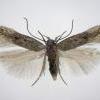

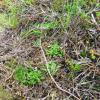
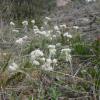
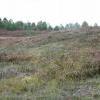
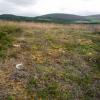


_0.jpg)